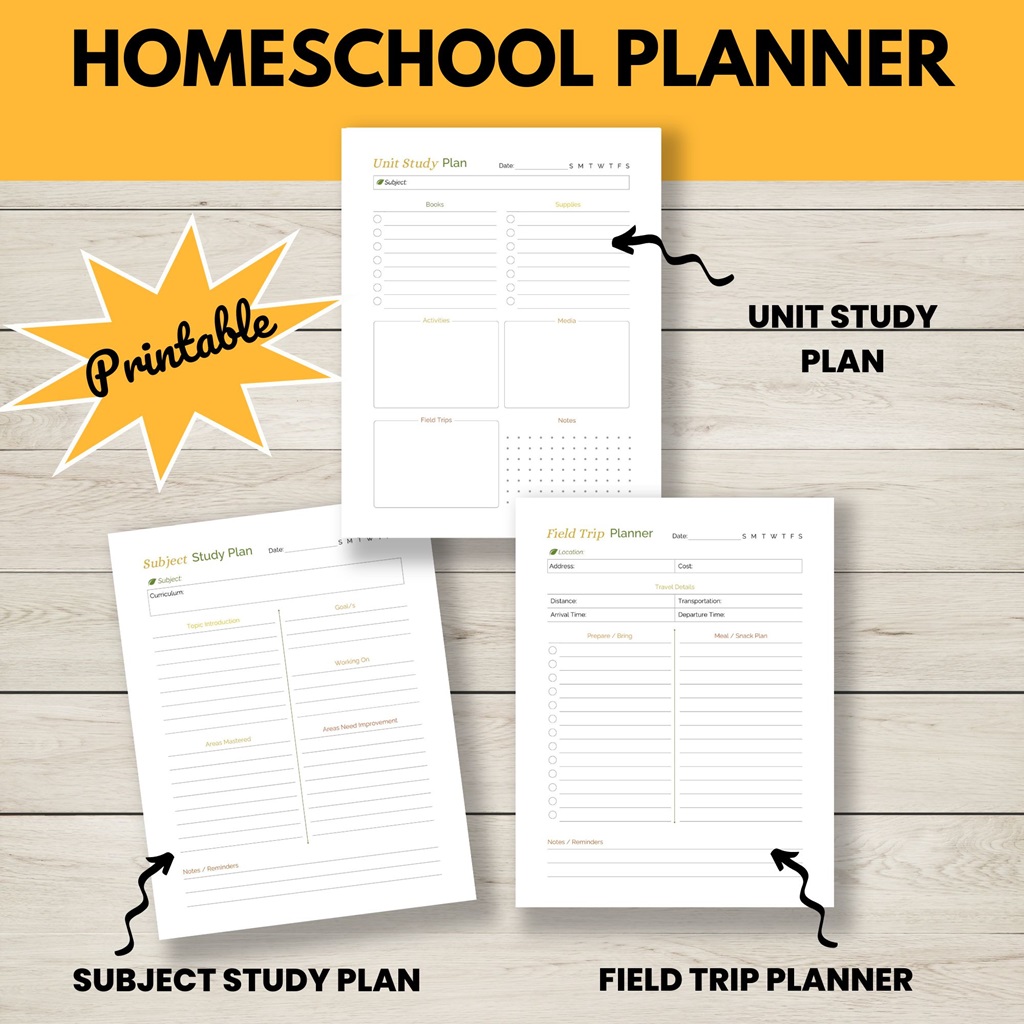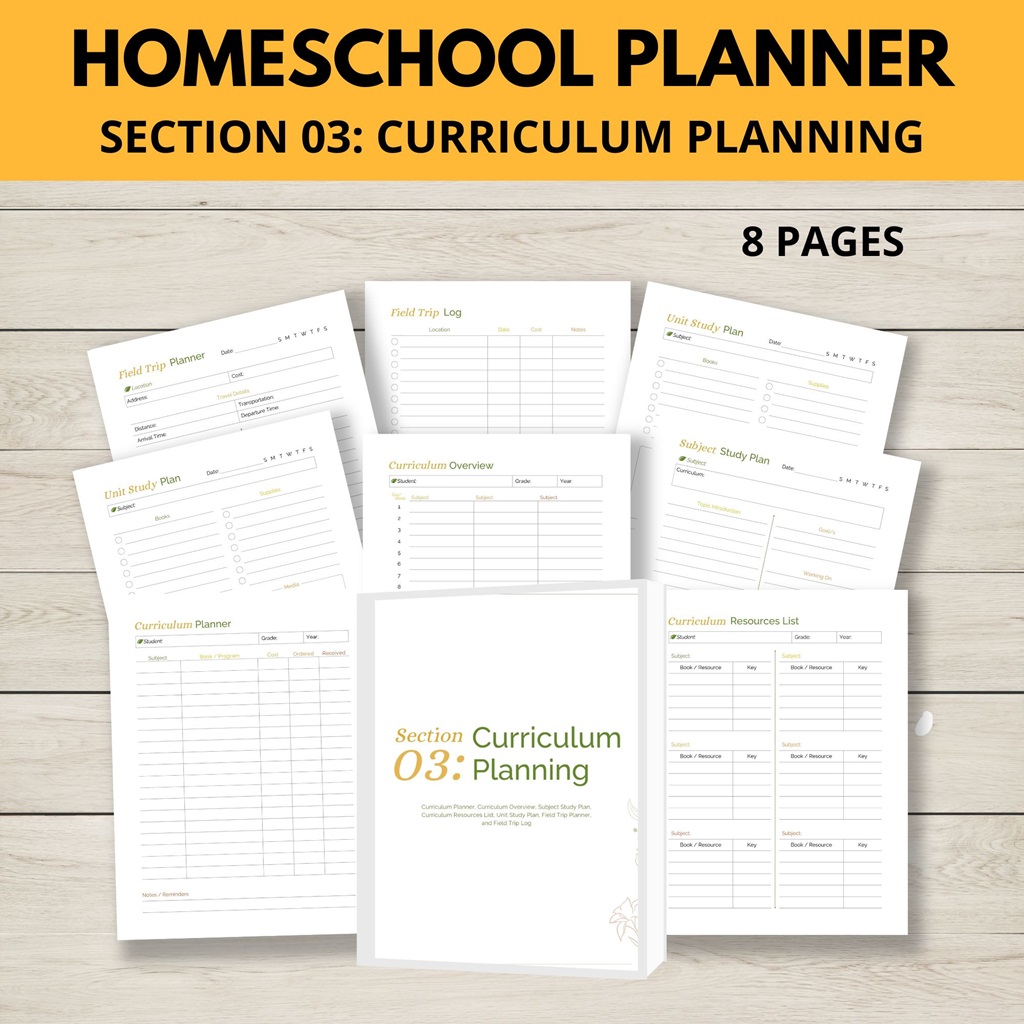
How to Create a Homeschool Curriculum
As the trend of homeschooling continues to grow, parents recognize the pivotal role a well-structured homeschool curriculum plays in the educational journey of their children. Crafting a homeschool curriculum that is both comprehensive and adaptable is no small feat.
This blog post will serve as your guide, delving into the essential considerations and practical tips for effective homeschool curriculum planning and organization. Whether you're a seasoned educator or a novice to the realm of home education, the insights provided here will empower you to construct a learning path tailored to your child's unique needs and aspirations.

Understanding Your Child's Educational Needs
Navigating the educational journey of your child can be a complex task, but with a keen understanding of their unique needs, you can tailor an experience that not only meets but exceeds their potential.
This article delves into the heart of educational success: assessing your child's learning style and interests, aligning your curriculum with educational standards and goals, and incorporating flexibility for individualized learning.
Firstly, identifying your child's learning style is paramount. Are they visual learners, do they process information better through auditory means, or are they kinesthetic learners who benefit from hands-on experiences? Recognizing these preferences is the first step in crafting a homeschool curriculum that resonates with your child, ensuring that the material is not only absorbed but retained.
Secondly, it's vital to align your homeschool curriculum with the educational standards and goals that will set the foundation for your child's academic future. This alignment ensures that while your child is receiving an education tailored to their learning style, they are also meeting the benchmarks necessary for their grade level and beyond.
Lastly, the beauty of a homeschool curriculum lies in its ability to offer individualized learning. Each child is unique, with their pace and style of absorbing information. Incorporating flexibility within your educational approach allows for adjustments to be made as your child grows and their needs evolve. This could mean spending more time on challenging subjects or accelerating through areas where they excel.
Understanding the Basics of Homeschool Curriculum Planning
Creating a robust homeschool curriculum requires careful planning and strategic organization. As a parent-educator, your goal is to craft an educational journey that is both enriching and effective for your child. Here's how to approach the homeschool curriculum planning process to ensure success.

Set Clear Objectives and Learning Outcomes
The first step in planning your homeschool curriculum is to establish clear objectives and learning outcomes. What knowledge and skills do you want your child to acquire by the end of the school year? Begin by defining broad educational goals and then break these down into specific, measurable, achievable, relevant, and time-bound (SMART) objectives. This clarity will guide your selection of materials and structure your teaching approach.
Choose the Right Materials and Resources
Once your objectives are in place, the next step is to select the appropriate materials and resources. This can include textbooks, online courses, educational software, and hands-on learning tools. When choosing resources, consider your child's learning style and interests to ensure engagement. It's important to review various homeschool curriculum options and read reviews from other homeschooling parents to make informed decisions.

Structure Your Daily and Weekly Schedule for Maximum Efficiency
Effective homeschool curriculum planning also involves structuring your daily and weekly schedule to maximize learning. Consistency is key, so create a routine that works for your family while allowing for flexibility when necessary. Allocate time for core subjects, extracurricular activities, and breaks to keep your child motivated and focused.
Essential Tips for Effective Homeschool Curriculum Organization
Creating an effective homeschool environment is pivotal to the success of your child's education. By focusing on the theme of creating a conducive learning space, utilizing tools and systems for homeschool curriculum organization, and keeping track of progress and adjusting as necessary, you can enhance the educational experience.

Create a Conducive Learning Space
A well-organized homeschool curriculum is the backbone of a productive learning space. To start, designate a specific area in your home that is dedicated to learning. This space should be free from distractions and equipped with all the necessary supplies and resources. It's important to create an atmosphere that is both comfortable and conducive to concentration, allowing your child to focus on their studies without unnecessary interruptions.
Utilize Tools and Systems for Homeschool Curriculum Organization
Utilizing tools and systems for homeschool curriculum organization can significantly streamline your educational process. Implement organizational tools such as planners, calendars, and specialized homeschool software that can help you keep track of assignments, deadlines, and educational goals. These tools not only aid in keeping the curriculum structured but also ensure that you can easily access and review educational materials as needed.
Curriculum Record Keeping
Finally, keeping track of your child's progress and being willing to adjust the curriculum as necessary is crucial. Regular assessments and check-ins can help you identify areas where your child excels or may need additional support. By monitoring progress closely, you can tailor the homeschool curriculum to better suit your child's unique learning style and needs, ensuring a more personalized and effective educational journey.
Conclusion
In conclusion, it's essential to recap the key points on crafting a successful homeschool curriculum.
First of all, meticulous homeschool curriculum planning is the blueprint for your educational goals and aspirations. By understanding the needs and learning styles of your children, you can tailor a curriculum that not only meets educational standards but also ignites a passion for learning.
The significance of selecting the right resources, scheduling effectively, and remaining flexible cannot be overstated. These are the cornerstones upon which a robust and effective homeschooling experience is built.
Moreover, the organization of your homeschool curriculum is not a task to be underestimated. It's the framework that supports your daily educational activities, ensuring that each subject is given appropriate attention and resources. This organization is pivotal in maintaining a balanced and comprehensive educational experience for your child.
Go Here to Get the Homeschool Curriculum Planning Pages!


